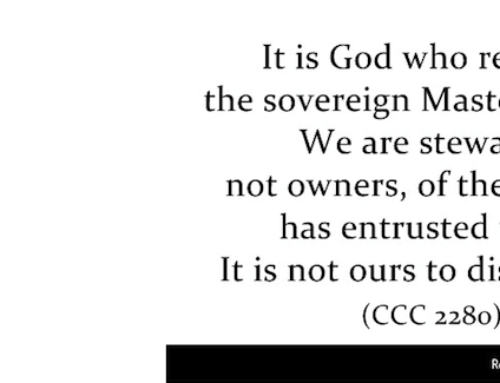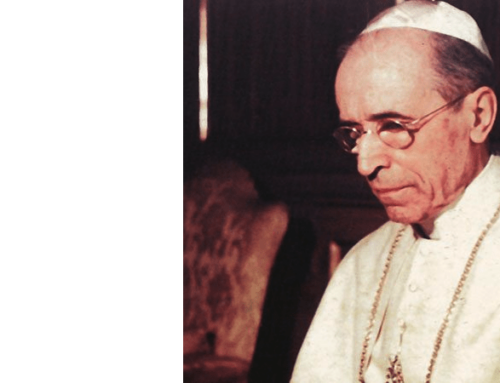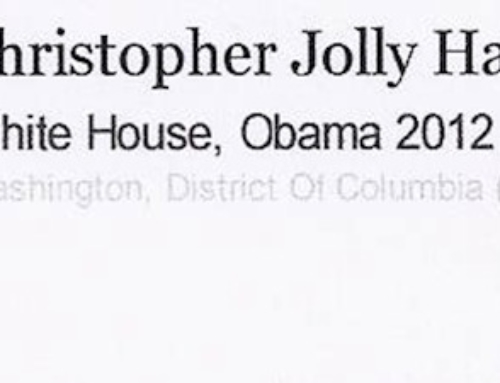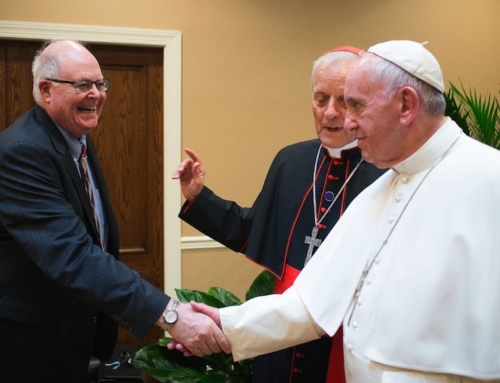by Inez Fitzgerald Storck
(Catalyst 11/1998)
Good parents have always known that it is necessary to watch over their children’s reading. But Catholic parents today and even Catholic educators may not be aware of the extent of the negative elements in contemporary children’s literature. Many if not most books for preteens and teens attack Christian values. Examples of violence, unchastity, and New Age paganism abound, with a few books favorable to homosexuality and abortion. Many children’s and young adult books are also informed by gender feminism, which denies the very basis for masculinity and femininity.
One of the most pernicious trends is blatant anti-Catholicism. A review of more than 100 mainstream children’s and young adult books published or reprinted in the last two decades has yielded numerous examples of negative portrayals of Catholicism. Not a single positive description of the Catholic faith has surfaced, even though other groups such as blacks, Jews, Buddhists, and American Indians receive favorable treatment consistently. A few examples of antagonistic treatment of Catholicism appear below.
In Year of Impossible Goodbyes by Sook Nyul Choi, a girl raised in the religion of her Catholic mother turns to the Buddhism of her grandfather in time of need. She ends up rejecting her faith: “I didn’t even like Mother’s God.” The preteens to whom the novel is targeted will end up with a very positive picture of Buddhism and a quite negative impression of Catholicism. One cannot but think that this was the author’s intent.
Cynthia Voight’s Jackaroo is set in what is ostensibly the Middle Ages, or rather a parody of medieval times, with poverty, enforced ignorance (common people are forbidden to learn to read), and cruelty of the lords toward underlings. Nowhere is there mention of the Christian culture which informed every aspect of society, save for a few scattered reference to priests. The few comments that are made suggest that priests are more interested in making a profit than in caring for those in need.
Queen Eleanor, Independent Spirit of the Medieval World by Polly Schoyer Brooks depicts Catholicism in a biased manner, with mixed reviews of St. Bernard of Clairvaux. Eleanor of Aquitaine rejects both the counsels of St. Bernard and the piety of Louis VII of France, her first husband, and is seen as a strong, dynamic woman for having done so. In fact, she is cast more as a modern feminist heroine than a medieval queen, particularly in her stance toward civil and ecclesiastic authority. Middle school students, on whose level the book is written, are left with an image of a Church that is weak and ineffectual.
A girl who has been abducted and later adopted returns to her birth family in Whatever Happened to Janie? by Caroline B. Cooney. She is exposed to the strong Catholic faith of her birth parents: “Janie felt a little cautious around the church part of their lives. She had been to Mass with them every week and found it a strange way to spend an hour.” There is no positive statement about Catholicism. The young adult who reads the novel is likely to come away with the notion that it is a peculiar religion.
In Robert Cormier’s Other Bells for Us to Ring, a Catholic girl tells her Unitarian friend Darcy about ” the strange practices of Catholics,” including bribing God by buying a Mass to get souls out of purgatory, “a terrible waiting room between heaven and hell where you might get stuck forever” without these bribes. Catholic notions of sin are satirized in the Catholic girls’s enumeration of the categories of sin: venial, mortal, and cardinal (“really big ones”). Understandably confused by her friend’s exposition of sin, Darcy queries her own mother on the subject. The mother presents an alternative explanation of sin that seems much more reasonable, and of course makes the role of the priest appear superfluous. When Darcy asks a nun for information on the Church, the nun replies, “God comes first….Not whether you are this or that, Protestant or Catholic, young or old. Loving God is the first thing.” Thus the nun communicates religious indifferentism, misusing the greatest commandment to justify this stance. And the effect in the book is that Darcy does not have to trouble herself with clearing up her confused ideas about the Church. Catholic doctrine and religious practices appear to obscure the reality of God and His love.
Small-Town Girl by Ellen Cooney is one of the worst offenders. The protagonist of the novel, a Catholic high school girl, has incorrect notions about indulgences and works to gain them in a mechanical way that appears to satirize Church teaching: “…she bought herself fourteen years of grace each day.” Devout Catholic women are mockingly described as “a pewful of old women muttering into their rosary beads.” The religious teaching sisters appear as benighted, bumbling souls fixated on purity. When the girl goes to confession, the priest asks her an inappropriate question about purity. She is afraid he will assault her sexually. Needless to say, he comes across as an uneducated lecher. (This priest actually makes Father Ray of “Nothing Sacred” look good!)
Perhaps the most significant evidence of anti-Catholic bias in young people’s literature is the portrayal of Catholics in two books awarded the American Library Association’s Newbery Medal, the most prestigious national award for children’s literature. Jerry Spinelli’s Maniac Magee received the 1991 Newbery Medal. In the novel an orphaned boy, Jeffrey, lives with his uncle and aunt: “Aunt Dot and Uncle Dan hated each other, but because they were strict Catholics, they wouldn’t get a divorce. Around the time Jeffrey arrived, they stopped talking to each other. Then they stopped sharing”—to the point where they had two of everything, including toasters and refrigerators. Jeffrey has the reader’s complete sympathy when he runs away from that travesty of a family. A similarly negative parody of Jews or blacks would undoubtedly disqualify a book from consideration for the Newbery laurels, and rightly so.
The 1996 Newbery Medal winner, The Midwife’s Apprentice by Karen Cushman, takes place in the Middle Ages. The midwife of the story is a Catholic who goes to Mass on Sunday, yet she is hard-hearted to the point of cruelty, doing her job “without care, compassion, or joy.” An adulterous relationship thrown in for good measure intensifies the degradation of her character. One asks if it could be mere coincidence that the midwife is the only person in the story depicted as an observant Catholic. What is worse, the author, in a postscript note characterizing the medieval midwife’s repertory as a blend of herbal medicine and magic, states, “Superstitions included the use of relics, water from holy wells, charms, and magic words.” It is highly insulting to Catholics to have the use of sacramentals equated with superstitious practices, which are condemned by the Church. The many other honors bestowed on The Midwife’s Apprentice show that there is considerable support in the library and publishing fields for anti-Catholic bias.
It is evident that parents must more than ever watch over the moral education and spiritual formation of their young in order to be faithful to the Church’s injunction to “teach children to avoid the comprising and degrading influences which threaten human societies.”
Inez Fitzgerald is a freelance writer.







